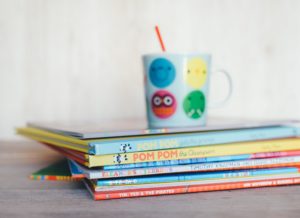After reading your blog, I loved how detailed and thorough you were when reflecting on multimedia learning you have participated in/would like to learn more about. I also really like how you add definitions of some of the key terms from topic one. Something I am wondering after reading your post is how might we utilize new technology without overwhelming students. I know I am often overwhelmed by using new websites or apps that I am not familiar with, but without spending time discovering new resources, how can we determine better resources to support their learning? Furthermore, you discussed the idea of collaborative learning through brainstorming which I completely agree with! This concept tied in perfectly to the concepts in Topic 2. In the YouTube video “A brief history of Learning Theories” by Ariane Dumont, she touches on a relatively new term known as “Socio-Constructivism” which suggests one of the best forms of learning is first independent thought, then discussion with others (Dumont, 2017). Often times, I feel that students have such great ideas and can be inspired by their peers through conversation. In this new era of education, it is our job as educators to foster creativity and encourage students to think outside the box and create the impossible!

Photo by Austin Distel on Unsplash
– Ms. G 🙂
Polimi OpenKnowledge. (2017, September 13). A brief history of Learning Theories (Ariane Dumont) [Video]. YouTube. https://www.youtube.com/watch?time_continue=164&v=fgnd4rj2pT8&feature=emb_logo

